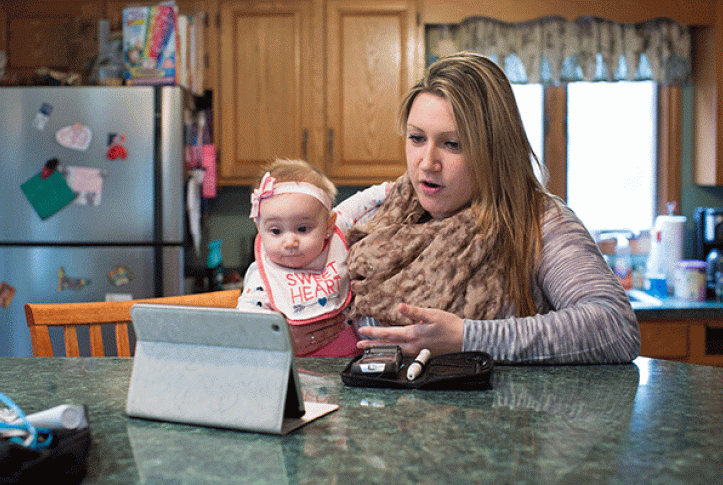While telemedicine is a crucial tool for patients and health care providers, particularly in the current COVID-19 pandemic, without targeted intervention telemedicine has the potential to further exacerbate health disparities. Through a partnership among the Commonwealth Fund, the Center for Care Innovations (CCI), and the University of California, San Francisco, we have launched a toolkit to support providers in using telemedicine to care for vulnerable patients during this challenging time, and as means of advancing health equity.
Since the start of the pandemic, we have seen both the extraordinary capacity for health care systems to rapidly implement telemedicine at an unprecedented scale and the persistent challenges to ensure these innovations reach diverse, low-income patients. More flexible regulation and reimbursement for remote encounters has resulted in a large expansion of phone and video visits. Interest in telemedicine among health care leadership, providers, and patients has never been higher. Yet it is clear that certain settings and patient populations have struggled with this transition, particularly with scaling up video visits, which are considered the highest quality encounter after in-person care. For example, at UCSF Health, an academic medical center that used video visit workflows even prior to the pandemic, 48 percent of August 2020 primary care encounters were video visits (an additional 5% were by phone and 47% in person). In contrast, at the San Francisco Health Network, the public delivery system in San Francisco, less than 1 percent of August 2020 primary care visits were conducted by video (58% by phone, 42% in person).
Safety-net health care settings, including many federally qualified health centers and public hospitals serving almost exclusively Medicaid and uninsured patients, face multiple barriers to large-scale telemedicine implementation. Low-income adults are significantly less likely to have a smartphone or broadband at home compared to the highest-income populations in the United States. Further, more than a quarter of all low-income Americans can access the Internet only using a smartphone data plan, which is often not reliable for streaming video visits. There are also known digital literacy barriers for many populations in the U.S. For example, only 26 percent of Internet users age 65 and older say they feel very confident using digital devices. While national data on digital literacy among low-income populations is harder to find, according to a 2018 survey nearly 50 percent of low-income San Francisco residents lacked basic digital literacy skills. In addition, health care providers caring for patients with limited English proficiency face additional challenges, like making sure technology platforms include prompts in patients’ preferred languages and allowing for the seamless integration of medical interpretation.
There are additional provider and system barriers to telemedicine implementation, many of which are exacerbated in safety-net settings. These include fewer existing staff and leadership resources to develop and standardize processes for working with new technology, reduced technical support and access to devices for staff and providers, and a less-robust electronic health record infrastructure to integrate telemedicine tools and track their use.
Despite these known challenges, motivation to expand telemedicine remains high among leaders, frontline staff, and patients in safety-net delivery systems. Offering telemedicine services can help health care systems meet patients’ needs and preferences, minimize transportation barriers and time off work, and can be particularly useful for monitoring chronic conditions, which affect many patients served by safety-net clinics.
With our partners, we are launching a new program to 1) build a toolkit containing the best resources for frontline health care providers and teams in safety-net systems to optimize telemedicine at their sites, and 2) evaluate success in these systems and share best practices across settings. The toolkit is now live. Resources include:
- telemedicine basics (e.g., evidence and risks, privacy and security, licensure and reimbursement, technical infrastructure and choosing a vendor, and impact on performance measurement)
- implementation considerations for providers and teams (e.g., devices for providers, team-based workflows, care quality and safety, and provider well-being)
- reaching and engaging diverse patients (e.g., screening for digital access and skills, technical support for patients, best practices for interpreter use, and building trust)
- optimizing telemedicine for the future (e.g., remote patient monitoring and evaluating patient and provider satisfaction).
As we conduct additional surveys and interviews with safety-net health care providers and administrators over the coming year, we will refresh the toolkit to include new resources, tools, and case studies to address evolving frontline needs. We also will integrate learnings from CCI’s Connected Care Accelerator, leveraging insights from more than 40 safety-net health care providers in California as they implement virtual care. You can access a longer online directory of resources here.


